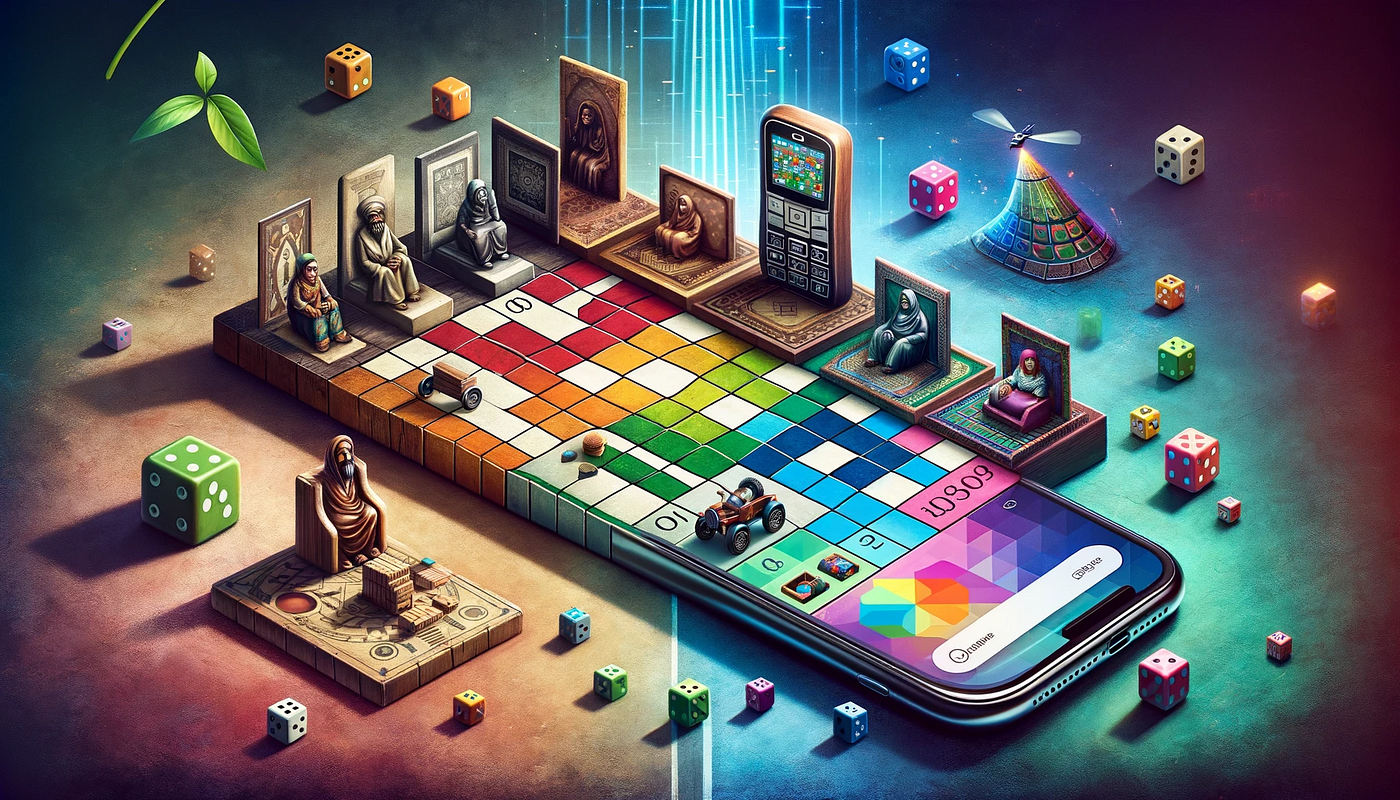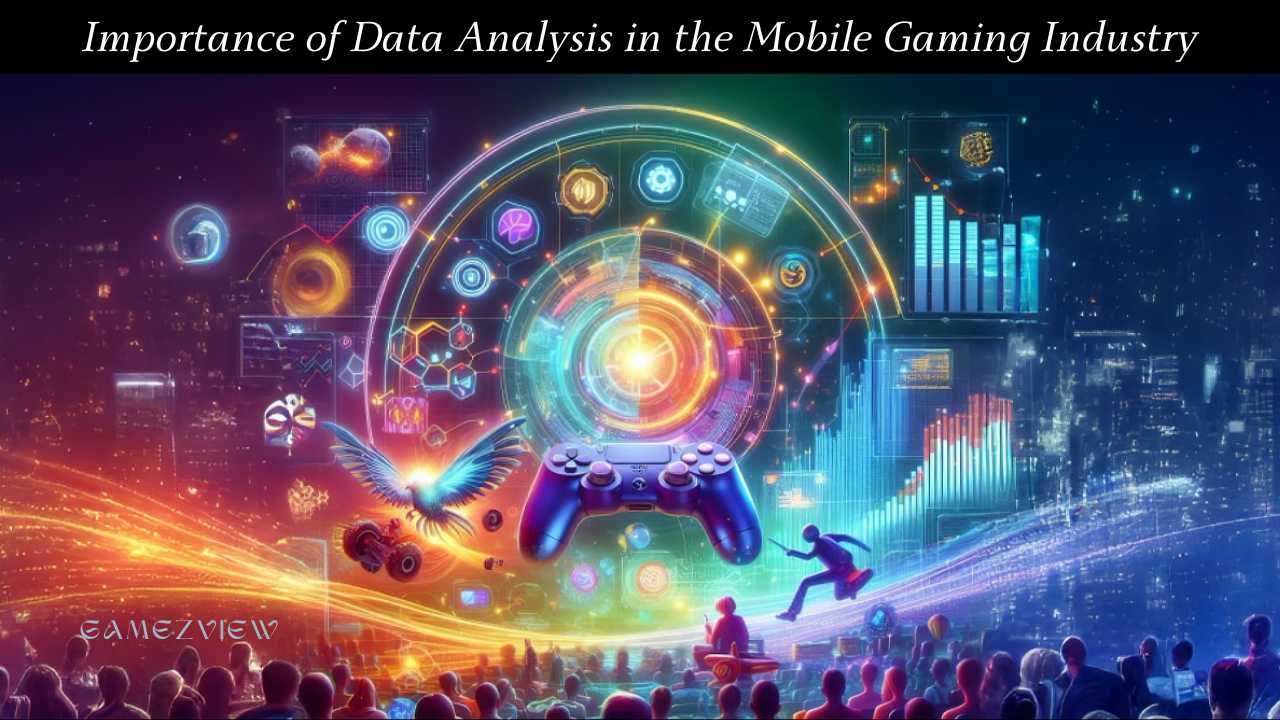The mobile gaming industry has evolved significantly over the past decade, driven by advancements in technology, changing consumer behaviour, and the growing popularity of smartphones and tablets. As of 2024, the sector continues to experience rapid growth, with new trends and statistics shaping its future. This article delves into the latest trends and statistics in mobile gaming, exploring how they are influencing the industry and what lies ahead.
1. Market Growth and Revenue
The mobile gaming industry has consistently demonstrated remarkable growth, surpassing expectations year after year. According to recent reports, the global mobile gaming market was valued at approximately $100 billion in 2023 and is projected to reach around $130 billion by 2025. This growth is attributed to several factors, including increased smartphone penetration, improved internet connectivity, and a diverse range of game genres catering to various demographics.
The revenue generated by mobile games is now a dominant force in the broader gaming industry, eclipsing revenue from console and PC games. Mobile games account for over 50% of the total gaming market revenue, highlighting their critical role in the industry’s ecosystem.
2. Rise of Hyper-Casual Games
One of the most notable trends in mobile gaming is the rise of hyper-casual games. These games are characterized by their simple mechanics, minimalistic design, and easy-to-learn gameplay. The success of hyper-casual games can be attributed to their accessibility and the fact that they cater to a broad audience, including those who do not typically consider themselves gamers.
Hyper-casual games often rely on ad-based monetization rather than in-app purchases or subscriptions. This model allows developers to attract a large user base quickly and generate revenue through ad impressions. Popular examples of hyper-casual games include titles like Flappy Bird and Crossy Road, which have achieved significant success despite their straightforward gameplay.
3. Growth of Mobile Esports
Mobile esports has emerged as a major trend within the mobile gaming industry. Games like PUBG Mobile, Call of Duty: Mobile, and League of Legends: Wild Rift have fostered competitive gaming communities and professional leagues. Mobile esports tournaments now attract large audiences and offer substantial prize pools, highlighting the sector’s growing legitimacy and appeal.
The rise of mobile esports is driven by several factors, including the accessibility of mobile devices, the increasing sophistication of mobile games, and the widespread availability of high-speed internet. The trend is expected to continue as mobile gaming technology advances and competitive gaming becomes more mainstream.

4. Increased Focus on Augmented Reality (AR)
Augmented Reality (AR) has become a significant trend in mobile gaming, enhancing the gaming experience by blending virtual elements with the real world. Games like Pokémon GO and Harry Potter: Wizards Unite have demonstrated the potential of AR to create immersive and engaging gameplay experiences.
The integration of AR technology in mobile games offers unique opportunities for developers to create innovative and interactive experiences. As AR technology continues to advance, it is expected that more mobile games will incorporate AR elements to captivate players and provide novel gameplay experiences.
5. Advancements in Game Development Tools
The development of mobile games has been greatly facilitated by advancements in game development tools and platforms. Tools such as Unity and Unreal Engine have become more accessible and user-friendly, allowing developers to create high-quality games with relative ease. These platforms provide robust features for designing graphics, implementing gameplay mechanics, and optimizing performance across different devices.
The availability of development tools has also led to a surge in indie game development, with many small studios and individual developers creating successful mobile games. This trend has democratized game development and contributed to the diversity and richness of the mobile gaming landscape.
6. Impact of 5G Technology
The rollout of 5G technology is poised to have a transformative impact on the mobile gaming industry. With its high-speed data transfer and low latency, 5G technology enables smoother and more responsive gameplay experiences. This is particularly important for multiplayer and real-time strategy games, where latency can significantly affect the quality of gameplay.
Ultimate PUBG Tips and Tricks for Beginners: Master the Battlegrounds
The adoption of 5G technology is expected to enhance cloud gaming services, allowing players to stream high-quality games directly to their mobile devices without the need for powerful hardware. This shift could further drive the growth of mobile gaming by making high-end gaming experiences more accessible to a broader audience.
7. Personalization and AI in Gaming
Artificial Intelligence (AI) and machine learning are increasingly being used to personalize gaming experiences and enhance player engagement. AI algorithms can analyze player behaviour and preferences to tailor game content, recommend in-game purchases, and adjust difficulty levels based on individual skills.
Personalization extends to game design, with developers using AI to create dynamic and adaptive gameplay experiences. This technology allows for more immersive and responsive gaming environments, keeping players engaged and invested in their gaming experience.
8. In-Game Monetization Strategies
In-game monetization continues to evolve, with various strategies being employed to generate revenue. While in-app purchases and ad-based models remain popular, developers are increasingly exploring new monetization avenues such as subscription services and virtual currency.
Subscriptions offer players access to premium content, exclusive features, and an ad-free experience. This model provides a steady revenue stream for developers and enhances player retention. Virtual currency, on the other hand, allows players to purchase in-game items and upgrades, often with the option to earn or buy currency using real money.
![]()
9. Emergence of Blockchain and NFTs
Blockchain technology and Non-Fungible Tokens (NFTs) are making their way into the mobile gaming industry, offering new ways to create and trade digital assets. NFTs provide a means to own and trade unique in-game items, such as characters, skins, and collectables, which can have real-world value.
The integration of blockchain and NFTs introduces new opportunities for developers and players alike, enabling players to have true ownership of digital assets and create value within the gaming ecosystem. However, this trend also raises questions about the environmental impact and regulation of digital assets in gaming.
10. Global Market Trends and Regional Insights
The mobile gaming industry exhibits diverse regional trends, with varying preferences and growth rates across different markets. In regions like Asia-Pacific, mobile gaming is particularly dominant, with countries such as China, Japan, and South Korea leading in both game development and consumption.
In North America and Europe, mobile gaming continues to grow, driven by increasing smartphone usage and a shift toward casual gaming. Emerging markets in Latin America and the Middle East are also experiencing significant growth, as improving internet infrastructure and smartphone affordability make mobile gaming more accessible.
The mobile gaming industry is a dynamic and rapidly evolving sector, characterized by significant growth and innovation. As the industry continues to expand, trends such as the rise of hyper-casual games, the growth of mobile esports, and advancements in AR and AI are shaping its future. The impact of 5G technology, blockchain, and NFTs further underscores the transformative potential of mobile gaming.

With a diverse and global player base, the mobile gaming industry is poised to remain a dominant force in the broader gaming landscape. Developers, players, and industry stakeholders must stay abreast of these trends and statistics to navigate the evolving market and seize new opportunities for growth and engagement.



